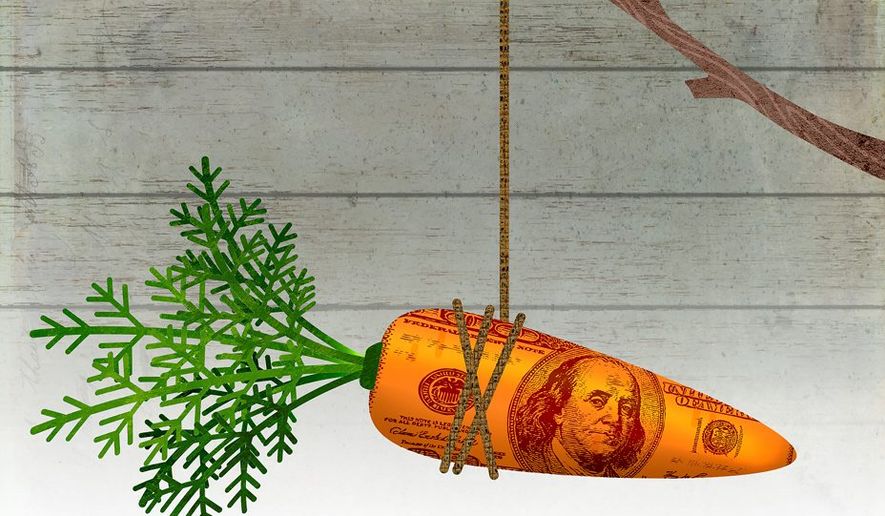OPINION:
Congress has now passed three stimulus bills to address the health, budgetary and economic consequences of the corona crisis. The benefits buried in these hundreds of pages of legislation don’t enact themselves; Congress looks to agencies, including the Treasury Department, Small Business Administration and Labor Department to write regulations and administer the programs.
Labor Secretary Eugene Scalia has been on the front lines of this work, crafting guidance related to unemployment insurance benefits and sick leave. Critics on the left complain that Mr. Scalia’s guidance waters down the benefits in the stimulus; in fact, a careful look shows the Labor Department has improved it.
Start with the expansion of the unemployment insurance program. Congress offered aid to state unemployment insurance funds to handle the increase in claims, conditioned on the states relaxing certain waiting periods and work search requirements. The CARES Act also offers a $600 federally-funded weekly supplement to out-of-work employees’ state benefit.
Few would argue the merits of a generous unemployment supplement. With millions of Americans out of work through no fault of their own, the federal government has a responsibility to step in. But there’s a catch: For many, the additional $600 a week on top of state UI benefits will equal their usual earnings; for others, receiving benefits with the $600 bump will actually be an increase from what they would typically earn. Millions of Americans will be able to earn $1,000 or more per week, just for staying home.
Presently, with stay-at-home orders in place across the country and strict limits on non-essential businesses, this might not be a problem. But come July — or later, should some Democrats have their way — these benefits could discourage Americans who otherwise could and should be working from returning to the labor force. In its guidance on the unemployment insurance expansion, the DOL has wisely tailored the availability of UI benefits to minimize the likelihood of this consequence.
Though the DOL has been criticized by some, its actions are critical to ensuring a robust recovery: How will the thousands of newly shuttered restaurants, bars, hotels and other businesses reopen when their furloughed staff realize they can earn just as much money staying home?
The DOL is navigating similar pitfalls arising from mandatory paid sick and emergency leave. As passed by Congress, businesses with fewer than 500 employees are required to provide workers directly affected by the coronavirus with two weeks of paid leave. Although businesses can be reimbursed for expenses via a credit against their Social Security tax, the mandate nevertheless creates hardship for small businesses with immediate cash flow issues.
To address the problem, an optional provision in the law exempts businesses with fewer than 50 employees. The DOL is wisely exercising its authority to offer the escape hatch to any small business within the employee threshold that believes the policy threatens operations. The guidance similarly offers protection for employers with more than 50 employees whose businesses have been harmed by the current crisis; if they have no work currently for employees to do, the leave mandate will not apply to them.
Keeping employees on the payroll through other programs — notably the $349 billion Paycheck Protection Program — is the preferred option. As DOL Secretary Scalia and SBA Administrator Jovita Carranza penned in an op-ed, “[W]e want workers to work, not to become dependent on the unemployment system.” Americans are eager to get back out into the world; once it’s safe to do so, the government must ensure its policies will incentivize getting back to work to restart our economy.
• Richard Berman is the president of Berman and Co., a public relations firm in Washington, D.C.




Please read our comment policy before commenting.